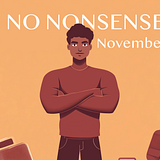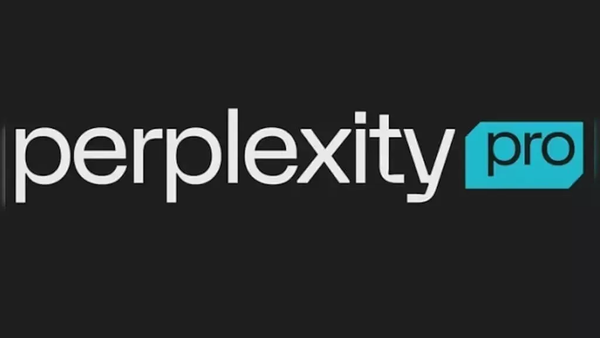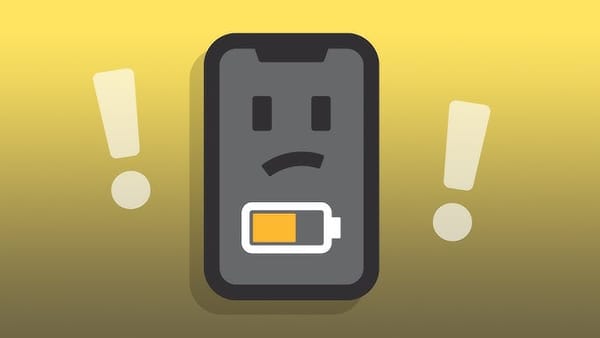All or Nothing? | No Nonsense November (6/26)
Navigating the “All or Nothing” mindset isn’t easy. Discover how balance, adaptability, and persistence may be the true keys to progress.

We often hear that success demands giving everything or giving nothing at all. You’re either fully in or completely out — no middle ground. It’s an idea that’s motivating, even empowering, but is it realistic? When it comes to long-term goals, this “all or nothing” mindset can lead to burnout or, worse, make the journey feel like a burden rather than a choice. What if there’s a different approach — a way to reach our goals without the pressure of relentless perfection?
No Nonsense November is my commitment to cutting through distractions, focusing on meaningful goals, and stripping away anything that holds back genuine progress. Each day this month, I’m exploring a core insight or challenge that pushes me toward a clearer, more intentional path forward. These reflections aren’t just about productivity; they’re about facing the real hurdles that stand between us and lasting growth. If you’re interested in diving deeper into this journey, you can check out the full explanation below:

Today, I had to confront a question that sits at the heart of many ambitious pursuits: “All or Nothing?” It’s a mindset we often encounter in the journey toward personal growth, fitness, career, and just about any significant goal. But the real question is, is it realistic to give everything or nothing at all? Or is it possible to strike a meaningful balance?
The “All or Nothing” mentality divides people into two camps. In one camp, there are those who, if they commit, are relentless. They dive into their goals at full throttle, allowing no interruptions, detours, or breaks. They go all in. In the other camp, you find those who feel that if they can’t achieve a goal, they are undivided 100%, and it’s not worth doing at all. If they can’t do something fully, it doesn’t deserve any of their attention. This mindset is intriguing and, in many ways, deeply human, but it also tends to leave little room for a middle ground. It’s an approach that doesn’t entertain partial efforts or flexible strategies, and in most areas of life, that kind of absolutism is rare.
But let’s take a step back. Is this approach sustainable in the long run? Can you actually see the best results by giving something your all, every single day, without room for compromise? For many people, the “all-in” mentality works in short bursts. They achieve their goals by maintaining a relentless focus and giving unwavering dedication. And, undeniably, there is power in that. But this mindset, while effective in some contexts, can also be mentally and physically exhausting. Breaking it down can reveal its potential pitfalls and rewards.
Let’s say your goal is hitting 300,000 steps in a month — 10,000 steps a day, every day, no exceptions. On the surface, the plan is straightforward. By committing to a daily target without breakaways, you ensure a steady, consistent rhythm that keeps you on track. You create a habit and see daily progress toward your goal. However, a strict regimen raises the barrier to entry. By committing to no off days, you essentially bind yourself to a system that leaves no room for error, rest, or life’s unexpected hurdles. And while consistency is powerful, for many, such rigidity can lead to burnout or even a negative association with the activity itself. The “no breaks” approach might work, but it also asks a lot in return.
Now, let’s look at the other side of the spectrum. Suppose you decided to ease off a bit, allowing weekends as rest days, which gives you about nine to ten days off in a month. To reach the same 300,000-step goal, you’d need to compensate by increasing your daily steps on the weekdays, perhaps aiming for around 12,000–13,000 steps a day. This approach means less consistency and higher daily output on active days, but it allows you flexibility — a chance to recharge. The rhythm is more intense on the days you’re active but provides relief on the off days, which might make the goal feel less overwhelming overall.
So, which is better? The answer largely depends on personal circumstances. Time, energy, physical capability, and even one’s personality play a role. For some, a strict routine is liberating; it gives structure and eliminates decision fatigue. For others, flexibility is key to maintaining their motivation and avoiding burnout. But maybe there’s a third option — a middle ground that could combine elements of both approaches for a more sustainable balance.
This middle-ground approach could mean setting a base level of commitment on off days rather than skipping them altogether. Instead of requiring 100% effort every day, you might aim for 50% effort on those “rest” days. Instead of 10,000 steps each day, you could aim for 5,000 on lighter days and distribute the remaining steps across the other days of the month. This way, you’re staying active, maintaining your routine, and still giving yourself some breathing room. The effort remains consistent, but the intensity varies, allowing you to avoid both the pitfalls of strict consistency and the drawbacks of sporadic bursts.
It’s less about doing everything perfectly and more about showing up in a way that works for you. If you can’t give 100% every day, perhaps giving 50% with full intention on lighter days can still keep you on the path. The challenge, then, is to adjust without letting your standards slide entirely — finding the balance where you’re pushing forward consistently without burning out or losing sight of why you started in the first place.
Ultimately, the question of “All or Nothing” doesn’t have a single answer. It depends on what you’re working toward, your personal tendencies, and how you handle intensity and rest. This mindset isn’t inherently right or wrong; it’s about finding a pace you can sustain. If going all-in is something that motivates you and fits your lifestyle, then by all means, embrace it. But if that level of intensity leaves you overwhelmed, it’s worth considering a flexible structure that allows for pauses, adjustments, and a bit of breathing room.
Progress, after all, isn’t just about speed; it’s about resilience and the ability to keep going. The “all or nothing” mentality can be powerful, but it’s not the only path forward. Maybe the answer is to honor where you’re at on each day, showing up in the best way you can. You may find that over time, it’s the days you gave 50% with full intention that kept you moving forward just as much as the days you gave 100%.
Thank you for taking the time to read today’s piece. If this reflection resonated, I’d love to hear your thoughts or experiences. You can connect with me via email at [email protected] or on Twitter @mostly_media for more updates and discussions. If you’re interested in exclusive content and supporting my work, visit my Substack or check out my Ko-fi. Your support keeps these reflections going and helps build this journey together.
And if you missed it, you can read yesterday’s article linked below for more insights on embracing your own light and staying true to yourself. Thank you for being part of No Nonsense November!



